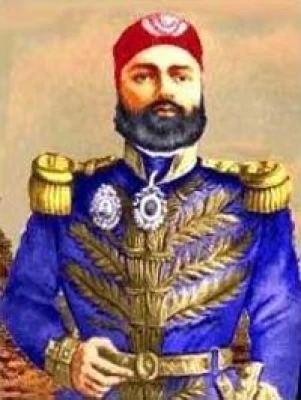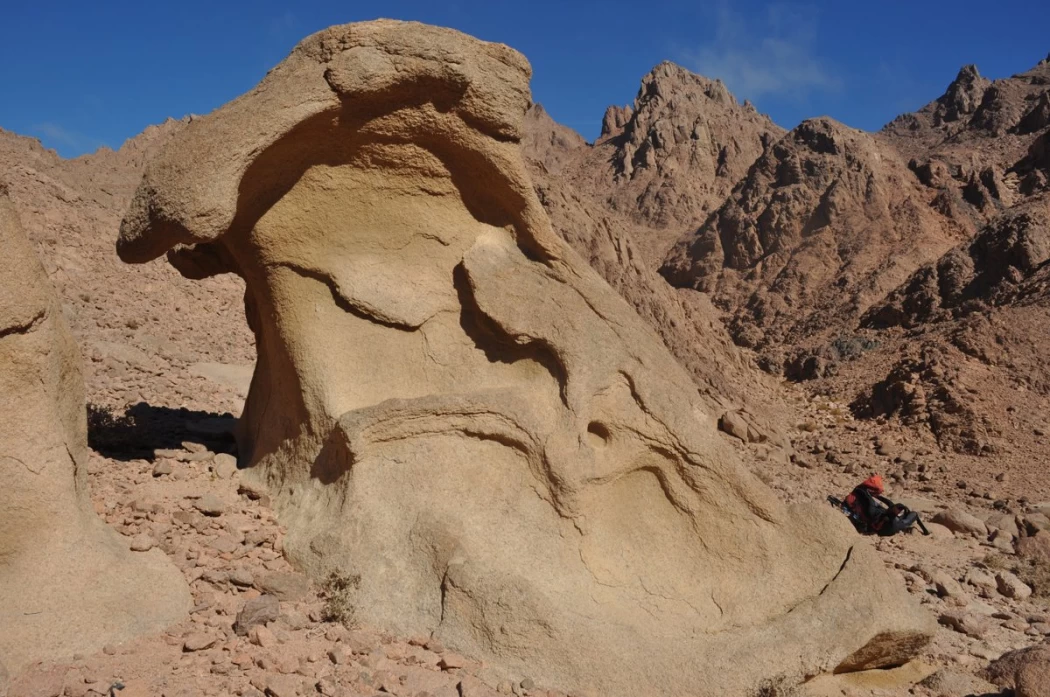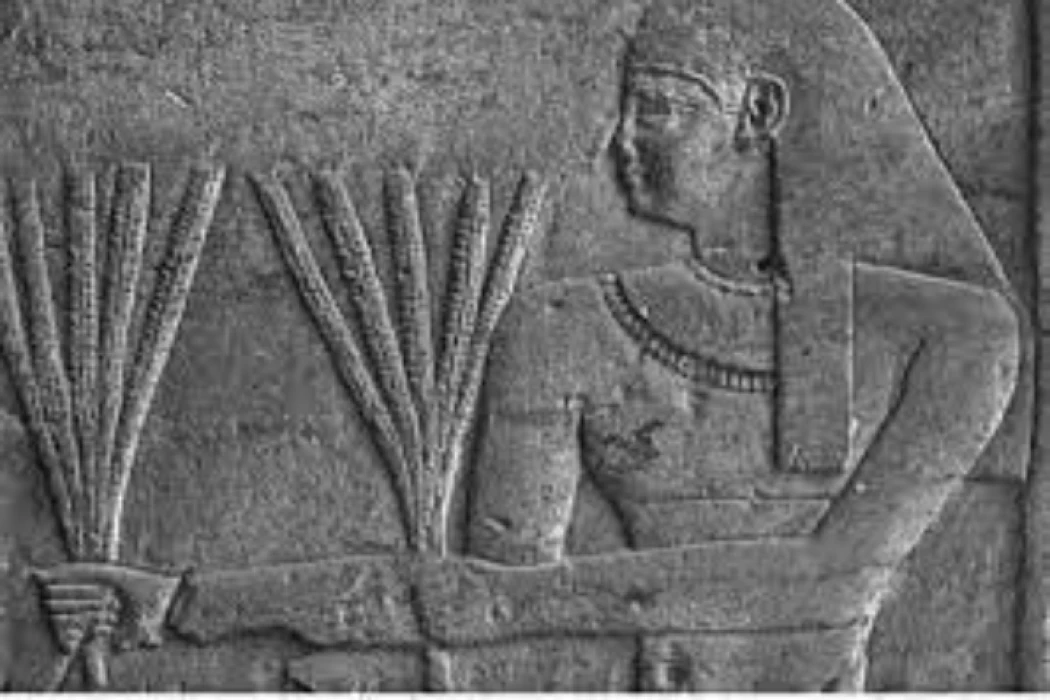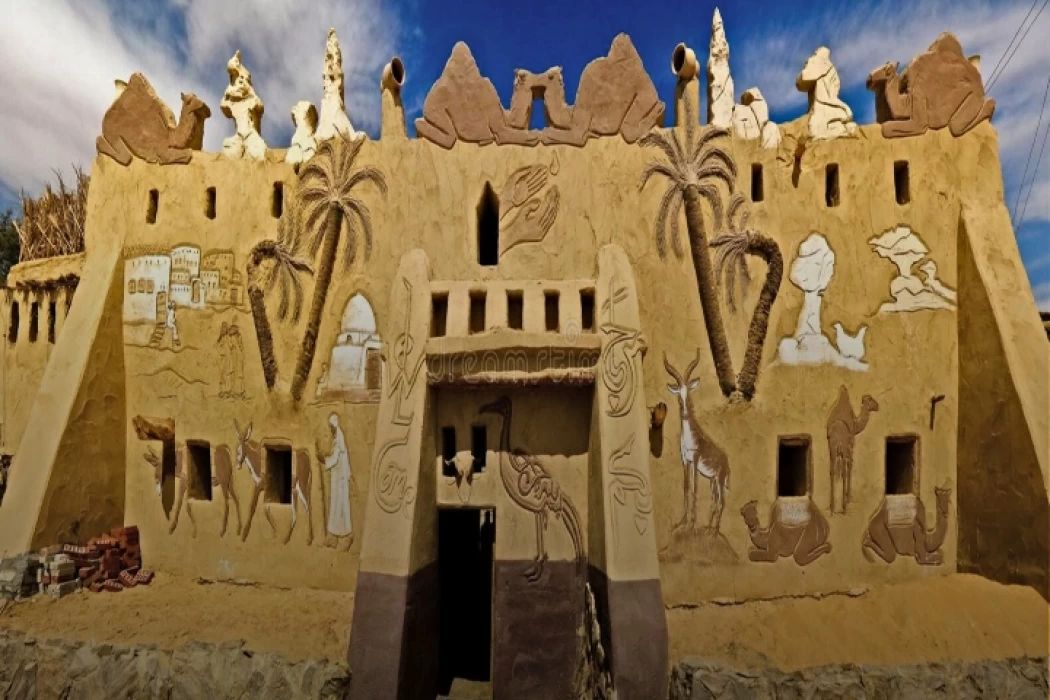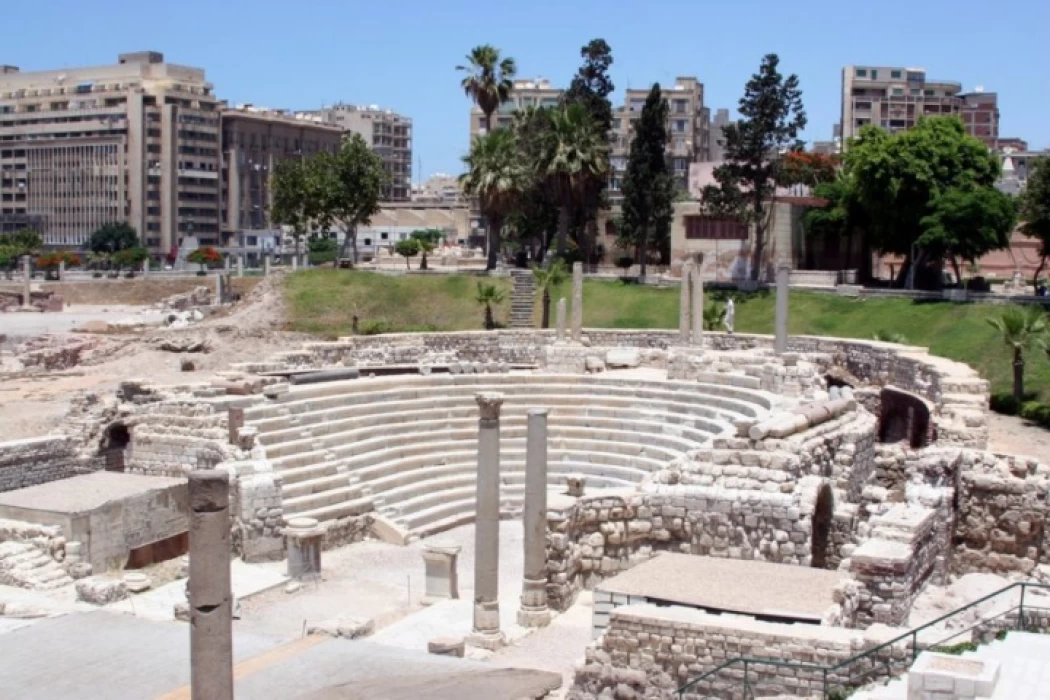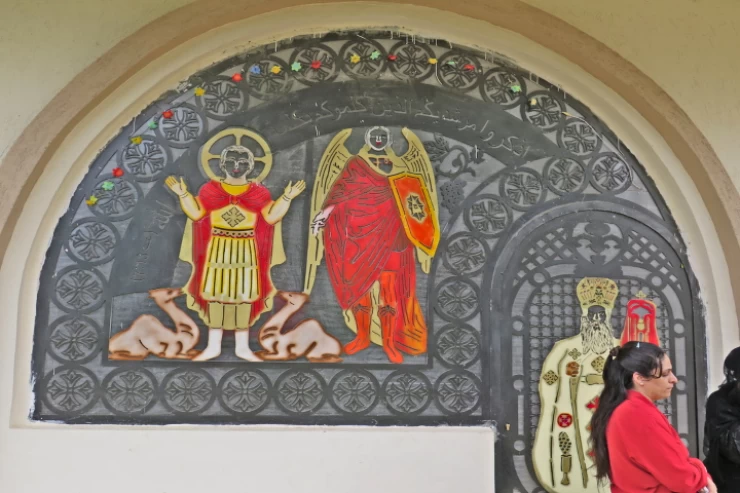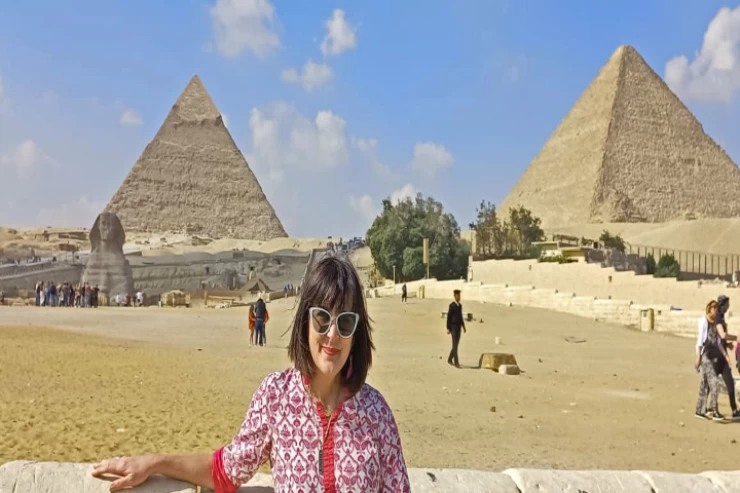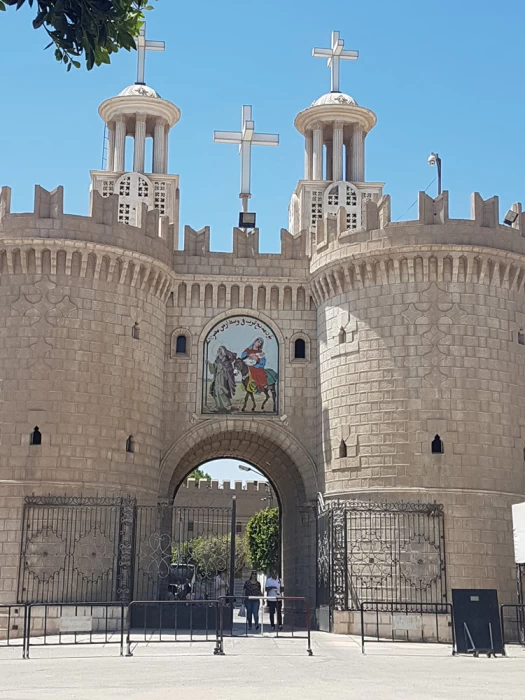
Deir al muharraq / The Monastery of the Holy Virgin Mary
The monastery of Our Lady of Muharraq in Mount qasqam, known briefly as Deir Al-Muharraq, is a Christian monastery affiliated with the Coptic Orthodox Church, 12 kilometers from the city of Al-qusayya in Asyut governorate in Egypt.
Geography
The Deir Al-Muharraq complex is located on the Nile River south of Al-qusayya (Coptic: ⲕⲟⲥⲕⲁⲙ, Arabic: Al-qusayya), in the Asyut governorate of Upper Egypt.
Deir al Muharraq monastery
The monastery is located within the Diocese of the Coptic Orthodox Church of Alexandria, and about 100 monks from the canonical or community monastic order reside in it.
The stone fortress on Mount qusaqam in Deir Al-Muharraq was built in the VI or VII century. The Castle Church has a pulpit dating back to the XII century, dating back to when the castle was first restored.
The monastery library consists of two entities, the library of ancient Coptic manuscripts and archives, and the library of contemporary research and reading.
Churches
The monastery complex includes three churches:
The ancient Church of the Virgin Mary of the XII century (with additions of domes in the XVI-XIX centuries)،
St. George's Church in the neoclassical style of the XIX century (1878-1880)،
The last Church of the Holy Virgin Mary in the middle of the twentieth century (1940-1964).
The Assumption Church of the monastery was built over an ancient grotto. It is said that Mary and Jesus spent six months and ten days here during their journey to Egypt from King Herod. The altar stone dates back to 747 AD.
The monastery served as a host for Ethiopian monks in the XVII century.
Many Copts have great respect for this church, believing that it is one of the first Christian churches in ancient Egypt. It was associated with a Marian apparition event claimed in the early first decade of the XXI century.
Latest Articles
Admin
Regin of Abbas I of Egypt | Abbas Pasha I
Abbas has been often described as a mere voluptuary, but Nubar Pasha spoke of him as a true gentleman of the "old school". He was seen as reactionary, morose and taciturn, and spent nearly all his time in his palace. He undid, as far as lay in his power, the works of his grandfather, both good and bad.
Admin
Story of Gabal Shayeb Al Banat - Red Sea Mountain
Jabal shayb al-banat is one of the Red Sea Mountains in the eastern desert in Egypt, located to the west of the city of Hurghada at a latitude of 27 degrees north and a longitude of 33.5 degrees east of the Greenwich line approximately, this mountain is the highest mountain peak in the eastern desert with a height of up to 2185 meters, it is a prominent mass of igneous rocks
Admin
Neper God Of Grain
Neper was the deity of grains, particularly cereals that were important in Ancient Egypt, such as wheat and barley. It was stated that he foretold when the crops would grow, be harvested, and disappear.
Admin
Badr Museum in Farafra
The Badr Museum is located in a mud building, which is the common home found in this medieval part of Egypt. All of the artwork that was created by the artist is quite unique. His work almost always depicts life in the Farafra Oasis and he provides the work through both painting and sculpting.
Admin
Djoser
Djoser was an ancient Egyptian pharaoh of the 3rd Dynasty during the Old Kingdom and was the founder of that epoch. He is also known by his Hellenized names Tosorthros (from Manetho) and Sesorthos (from Eusebius). He was the son of King Khasekhemwy and Queen Nimaathap, but whether he was also the direct successor to their throne is unclear. Most Ramesside king lists identify a king named Nebka as preceding him, but there are difficulties in connecting that name with contemporary Horus names, so some Egyptologists question the received throne sequence. Djoser is known for his step pyramid, which is the earliest colossal stone building in ancient Egypt
Admin
Kom Al Dikka Alexandria
Kom El Deka, also known as Kom el-Dikka, is a neighborhood and archaeological site in Alexandria, Egypt. Early Kom El-Dikka was a well-off residential area, and later it was a major civic center in Alexandria, with a bath complex (thermae), auditoria (lecture halls), and a theatre.
